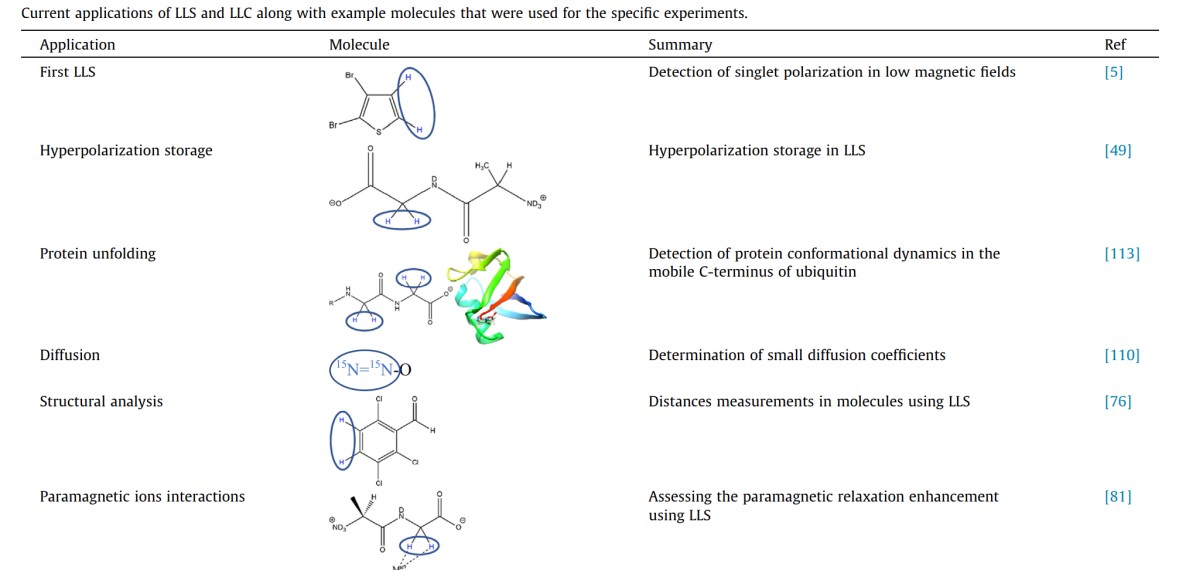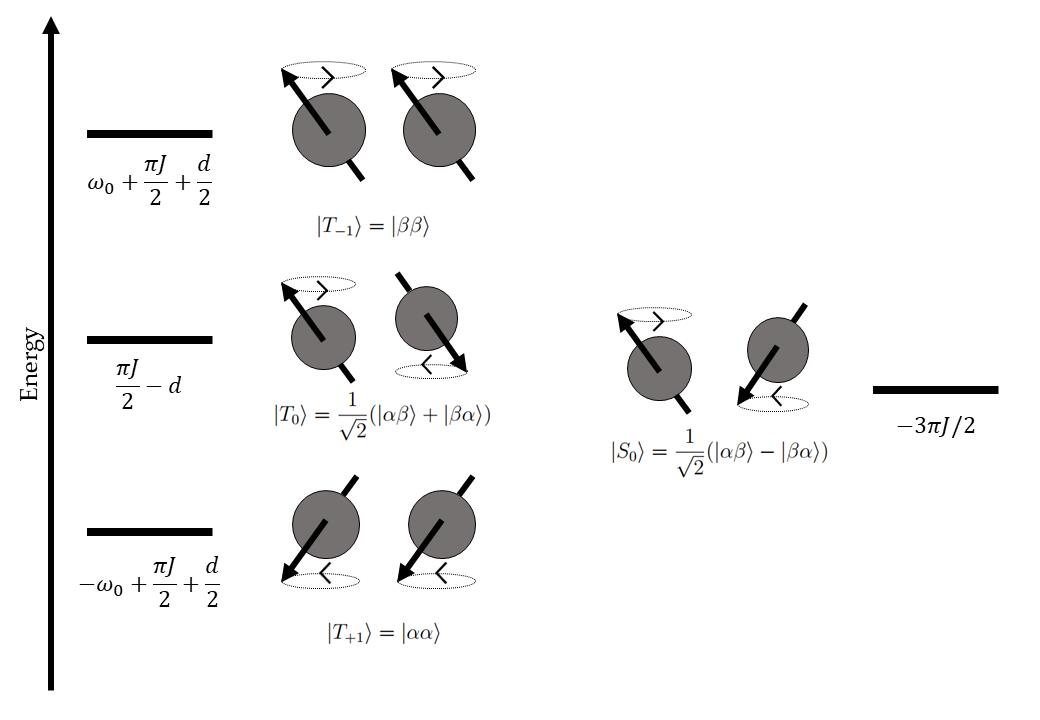F. Teleanu, A. Sadet, P. R. Vasos [ https://www.sciencedirect.com/science/article/pii/S0079656520300467 ]
Applications of long-lived nuclear states in magnetic resonance to the study of biomarkers, protein structure, imaging, and metabolomics are presented. Recently-invented molecular symmetry-based approaches for magnetic resonance have implications that are significant for molecular imaging via magnetic resonance, in vitro as well as in vivo, for quantum computing and for other fields. Spin states that are resilient to relaxation mechanisms became available in molecules of different sizes and structures, as experimental developments broadened the scope of symmetry-adapted spin states. The access to long molecular magnetisation relaxation times allows the study of free-radical triggered processes, of slow diffusion or of exchange within a time frame that was previously beyond reach.

Starting first as a theoretical inquiry, symmetry-adapted nuclear spin configurations, in the form of long-lived states (LLS) and long-lived coherences (LLC), helped extending the lifetime of nuclear polarizations far beyond the conventional lifetimes T1 and T2. In parallel with improving the excitation pulse sequences, LLS and LLC have found a myriad of applications in the fields of physics, chemistry, biochemistry, imaging etc. as their polarization storage capabilities opened new horizons for NMR experiments.



